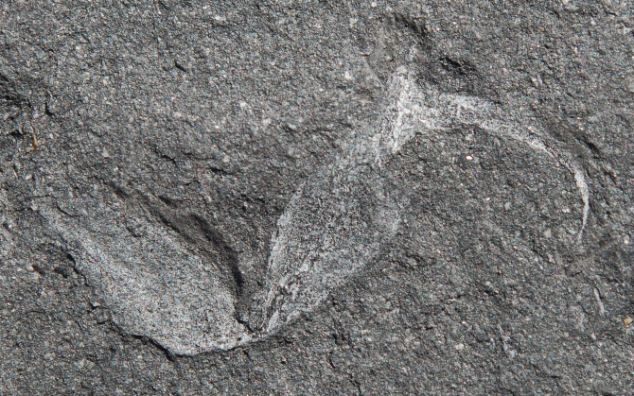The oldest fossil of any land-dwelling organism found to date is a fungus called Tortotubus. The fungus may not have been the first terrestrial organism but it played a pivotal in preparing the Earth for higher orders of plants and eventually animals. Dr. Martin Smith with the Department of Earth Sciences at the University of Cambridge in Britain published the new discovery in the March 2, 2016, edition of the Botanical Journal of the Linnean Society.
Smith pieced together the structure of Tortotubus from a number of tiny fossils found in Sweden and Scotland. The fossils are 50 micrometers long. Smith found that the structure of this ancient fungus is very similar to the structure of many modern fungi that spread across surfaces by branching. The intertwined branching of the fungus gave it support and a physical mechanism to absorb nutrients from the lichen, algae, and rocks on the Paleozoic Earth. The Tortotubus fossils are 440 million years old.
The ancient fungi began the process of creating soil. The soil and the nutrients in the soil were mandatory for the development of higher forms of plant and animal life on Earth. One of the most important processes that fungi are involved in is the nitrogen cycle. Fungi feed on and promote the decomposition of nitrogen containing matter. The fungi provide nitrogen for plants by depositing the nitrogen as nitrates in the soil. The fungi can be a source of nitrogen for animals that eat the fungi.
The diversity of life on Earth was produced by fungi. The tiny creatures broke down the surface of the Earth into elements that plants could use as food. No life on Earth could have developed without the initial colonization of Earth by fungi.















